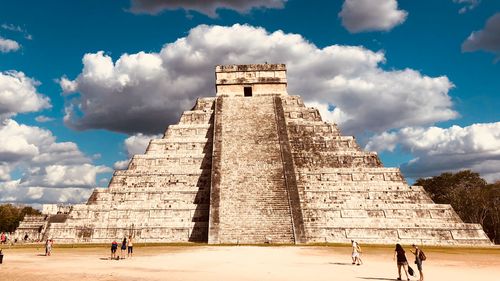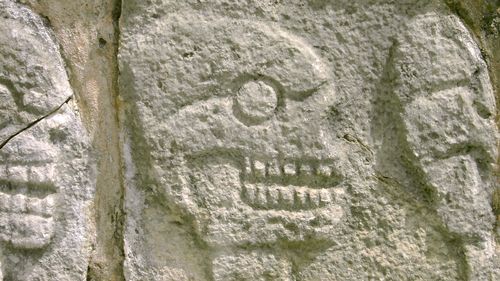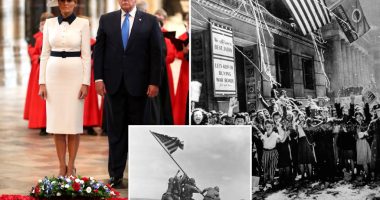New research suggests that far from indiscriminate slaughter, human sacrifice in ancient Central America involved the careful selection of victims based on gender, age, and even family.
The ancient city of Chichén Itzá in Yucatán, Mexico, became a dominant Mayan settlement from about 800CE to 1000CE.
Evidence of ritual sacrifices is abundant throughout the site, including the Sacred Cenote, a large sinkhole containing the remains of more than 200 individuals.

In 1967, a chultun — an underground cistern or water storage chamber — containing the remains of more than 100 young individuals was discovered near the Sacred Cenote.
Radiocarbon dating indicated the chultun was in use between the early 600s and the mid-1100s CE.
Researchers have now been able to use modern techniques to recover and analyse the DNA of 64 of those individuals found within.

By contrast, young adult females and male and female children have been found in the Sacred Cenote
Ritualistic sacrifice of children has been speculated to support crop yields and rainfall, the authors note, and twin sacrifice has been associated with Mayan mythology.

Pompeii gladiator drawings suggest kids saw ‘extreme’ violence
It’s believed that Mayan authorities then preferred young males for their sacrifices at the chultun, while other sacrificial practices were observed in different rites.
The Mayan civilisation is estimated to have taken form in about 250CE, and finally collapsed with the Spanish conquests of the 1500s and 1600s.





